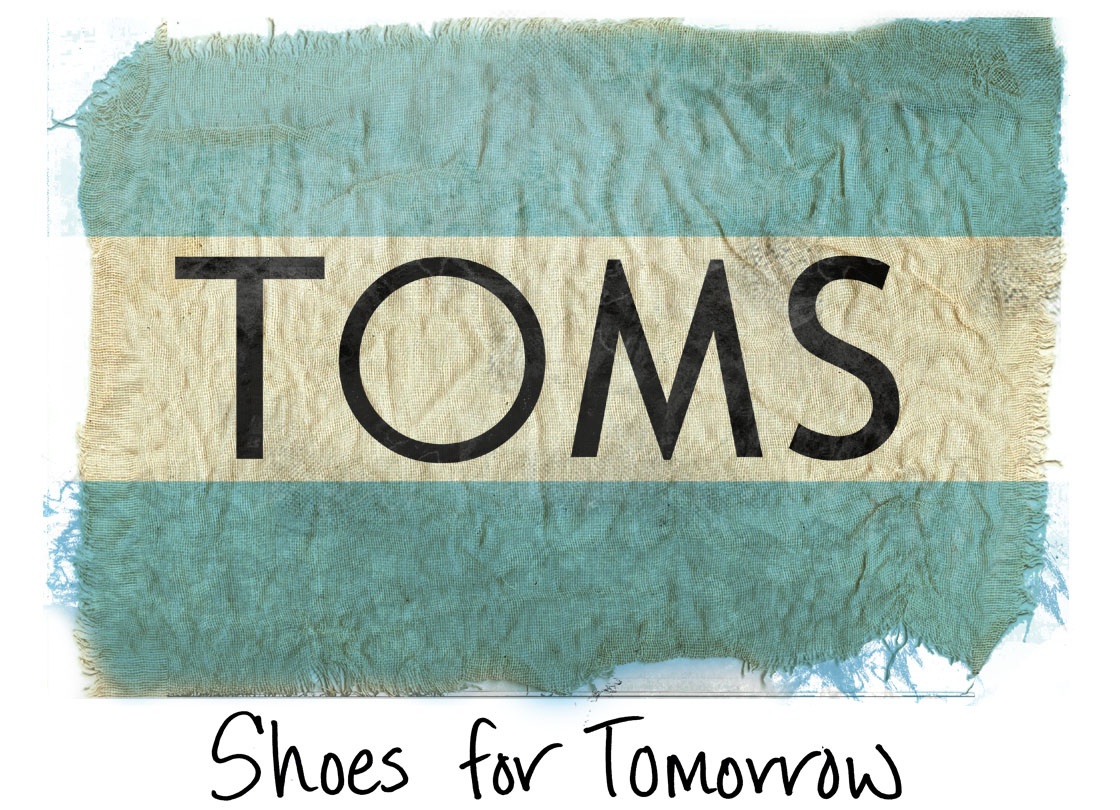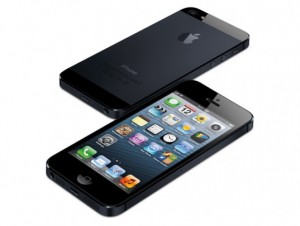Addressing a Need
The main staple of promise and business that launched TOMS; giving to someone in need a pair of shoes for every consumer pair purchased. There are more than 75 shoe companies that partnered up with the manufacturer to help people in need and it doesn’t stop there; the same partners oversee other issues like vocational training, school support, and youth leadership. The shoes given are a canvas black slip on modeled for comfortable distance or village walking and play, with reputable durability. Nations such as Bangladesh, Belize, Kenya, Mexico, and Uganda are some of the receivers of the shoes.
Promotion
The videos TOMS uses are very engaging and have earthy textures, childlike feeling with acoustic tones. In one video a couple meets each other while each wearing the brand, and only their feet are shown throughout, tapping each other and scooting closer together on a bench. Believe it or not, this almost brings into play the same dynamic that made the “Mad Men” TV show so successful. The video is a little bit timeless, and makes the consumer drift mentally to an era perhaps without as much technology and distraction. The way it’s done is by focusing on the feet only, and creating an audience for one part of their branding in which the couple meet at a vintage store. This is very important to win over the customer who would be concerned about the foreign aid programs of TOMS; one who is not consumed with mass materialism.
Internet Marketing Strategies
TOMS is one brand that really used Pinterest to their advantage as well. Doing this a step above the rest is critical, in the beginning if you just roll out a strategy quickly in order to do something, all hope and prospective sales may be lost. What TOMS did is encourage customers on Pinterest to show pictures of their pairs of the shoes, and discuss and suggest cool places to wear and place the shoes. As with YouTube and video comments, the conversations that happen here are very valuable; and the goal can be reached of eventually getting into the customer’s subconscious and reminding them they need to buy another pair. Blake Mycoskie, the founder of the company decided to start the venture after an eye opening trip to Argentina, where he saw too many shoeless for his own comfort. After a very successful batch, he sold his driver’s education company to fund the rest of the venture.
Traditional Marketing
Highlights of TOMS marketing strategy were going to university campuses to promote the line, and an AT&T commercial that filmed a shoe drop in Uruguay, therefore painting the company as a Robin Hood of sorts in a dismally capitalistic world. It doesn’t matter that TOMS shoes are a for profit venture, the fact remains, there is a mission to give shoes to those in need and its always going to lure future peace corps folks, liberal missionaries, and tree planting types globally. Some of these individuals need more than a gentle push to go out and buy a product but when you look at entities like Trader Joe’s and Whole Foods, the granola marketing strategies are very diverse, and they do win people over.
Many of these buyers are college educated, giving them more money for the product of TOMS as well. Setting up something like partners that will give away shoes when you sell a pair will not happen overnight. There are so many ways to give these consumers opportunities to help those in need. TOMS has proven this, and has also reaped the hard earned fruits for 7 years now.












